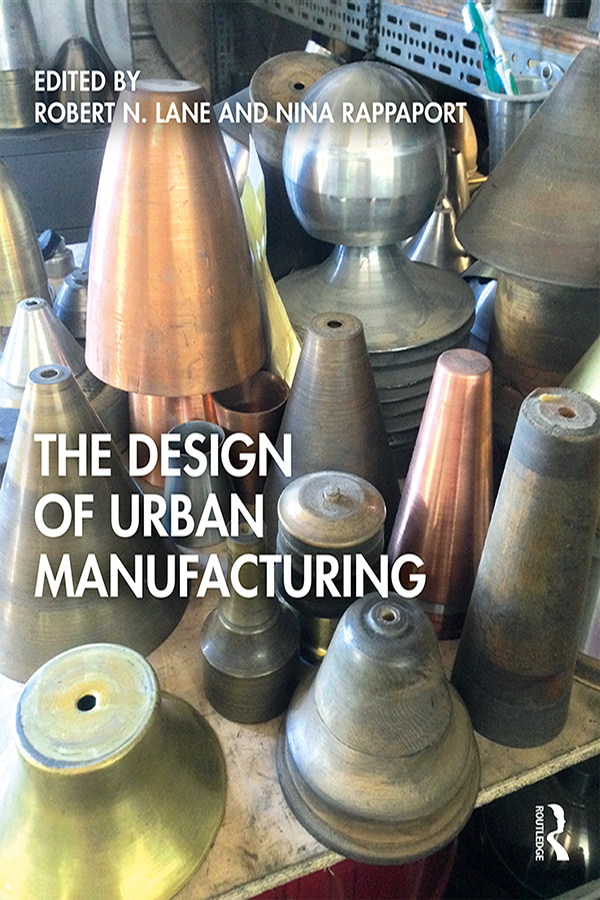
In hindsight, lean and Six Sigma have been the saviors for what’s left of our manufacturing backbone, the true foundation of a sustainable economy. The two methodologies are largely responsible for companies successfully weathering the great recession, and that’s strong praise, indeed.
What these methodologies brought to the manufacturing community was a long-overdue focus on process. Lean focused on waste reduction, while Six Sigma focused on variability reduction.
Lean, in particular, has yielded amazing results by focusing on reducing non-value-added (NVA) process time. But what if I said there is a missing element of lean? And what if I said it will have a larger impact than the radical improvements that lean has already delivered? Heresy? Thankfully, yes.
Why do processes exist? To make products. Why do we put up with waste? To make products. Why do we tolerate NVA time? To enable the value-added (VA) time for making products. The missing element of lean is the product.
The product design itself creates factory waste. Therefore, the product design must change to eliminate factory waste. Product governs process. (Not that it should, it just does.) Take a look at your value streams; they’re defined by activities with long cycle times, which, in turn, are governed by the product. Don’t believe me? Try to eliminate those intractable processes with long cycle times. You can’t. The product won’t let you. Change them, and the product will punish you by functioning poorly or breaking. A business will not tolerate a product that does not work, though it will tolerate waste. Product governs process.
Here’s more sacrilege. The biggest untapped source of savings comes from changing the product to eliminate VA time. That’s right, value-added time. NVA time exists solely to enable VA time. So, reduce VA time, and the need for NVA time goes away.
Assume a value stream has a VA to NVA ratio of 1-to-100 (1 hour of VA creates 100 hours of NVA). If you apply lean to reduce NVA time by 20 percent, you save 20 hours and your ratio improves to 1-to-80. Not bad. Now, instead, redesign the product to reduce VA time by 50 percent. Don’t do any process work and keep the same 1-to-100 ratio. NVA time is reduced by 50 percent, and you save 50 hours. Now, if you do that earlier lean work to reduce the remaining NVA by 20 percent, you can really impact the bottom line. Remember: first the product, then the process.
Since only design engineers can change the product, this emphasis on the product will drive major cultural and organizational changes. The design engineering community must become a central element of the lean equation. (Some say they’re already involved, but that’s simply not true. They must become a central element of the lean journey.)
Though we don’t want to admit it, there are still two camps in any manufacturing company-the “what it does” camp and the “how to make it” camp. Indeed, our organizations are still led by VPs of what it does and VPs of how to make it. And, sadly, we’ve assigned responsibility for cost control to the “how to make it” camp, the folks who can’t change the product. (Is it a wonder why lean focused on process?)
Don’t get me wrong, I’m not lean bashing. I’m an advocate of lean. I was there at the start, and it’s been a savior. What I’m advocating now is the next evolution of lean, an evolution that brings the product squarely into the mix. It’s not product or process; it’s product and process.
This is ASSEMBLY magazine, right? Assembly of what? Products.
Editor’s note: Mike Shipulski, Ph.D., is a leading authority on lean manufacturing, product development, and design for manufacturing and assembly. His column will appear every other month, alternating with Austin Weber’s “On Campus.” E-mail Mike with comments via mike@shipulski.com or follow his blog at www.shipulski.com.




